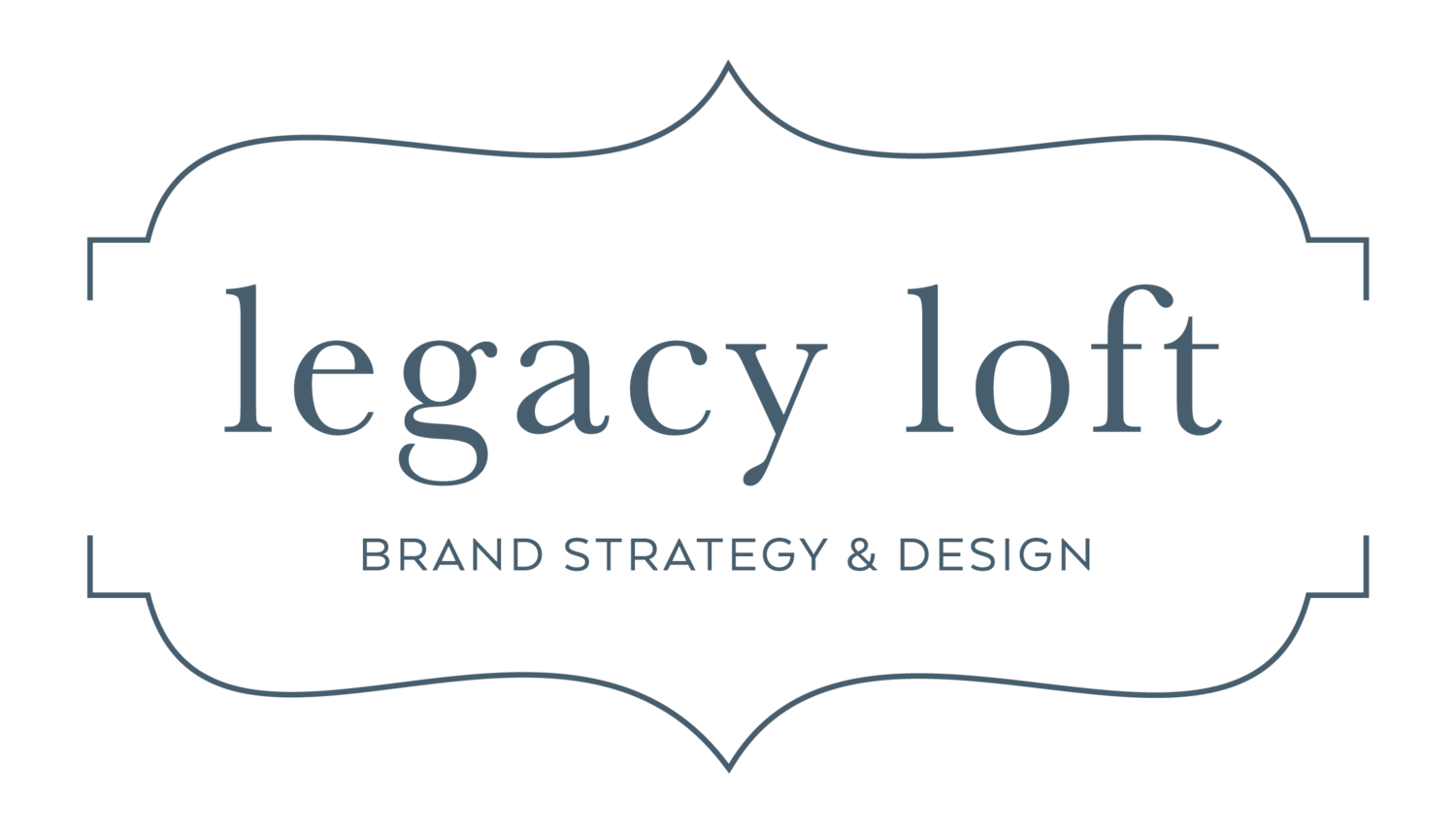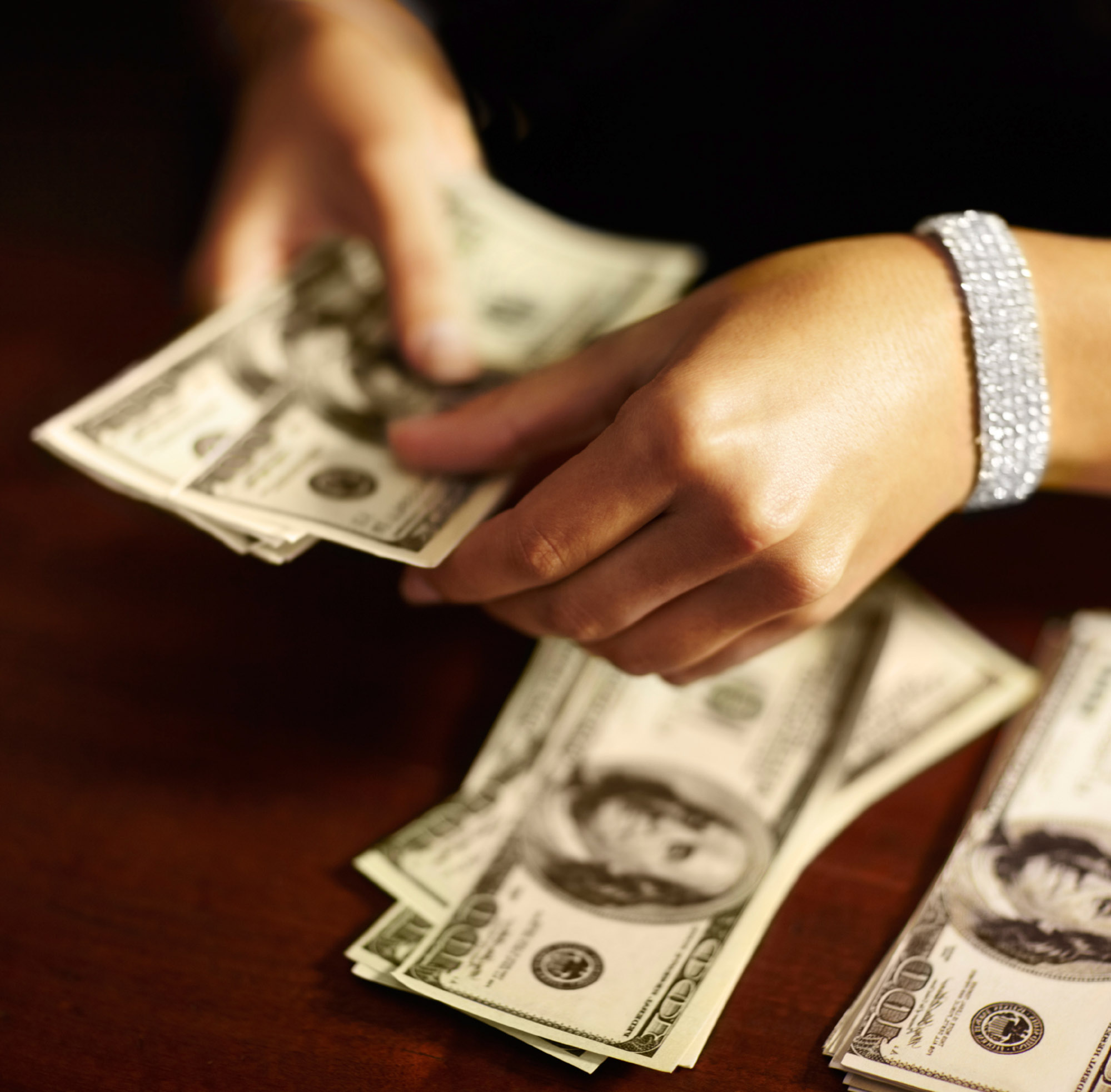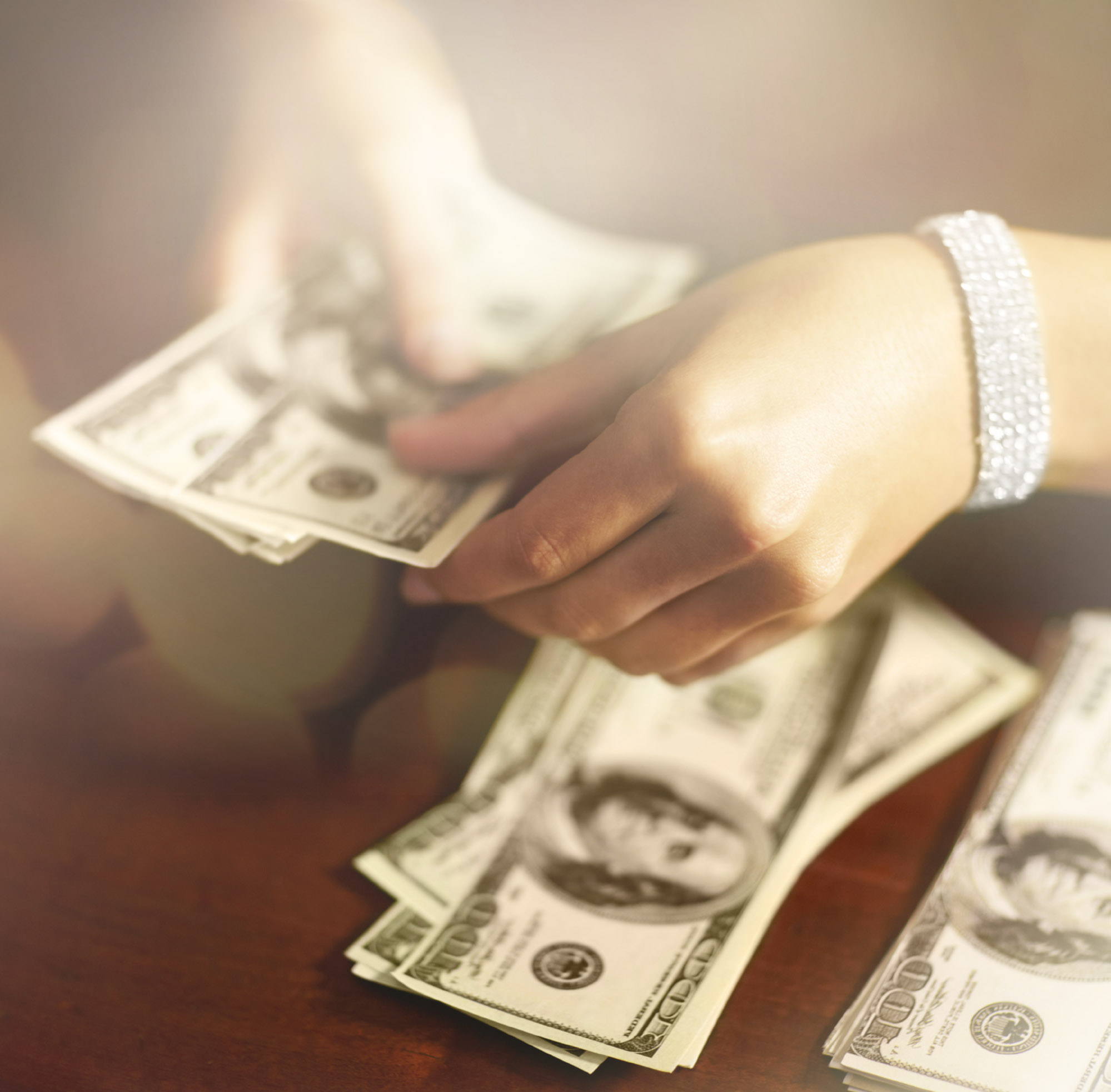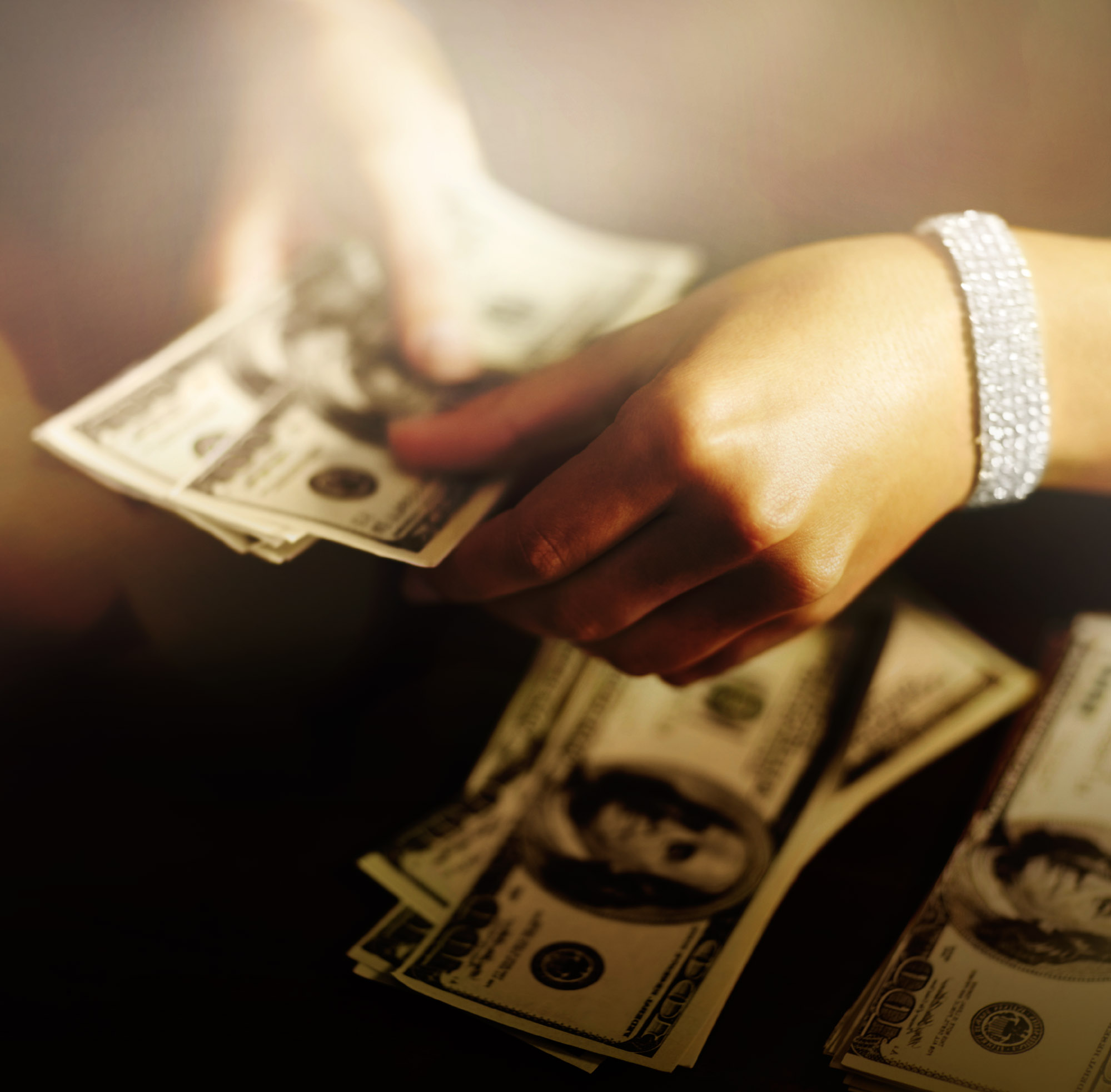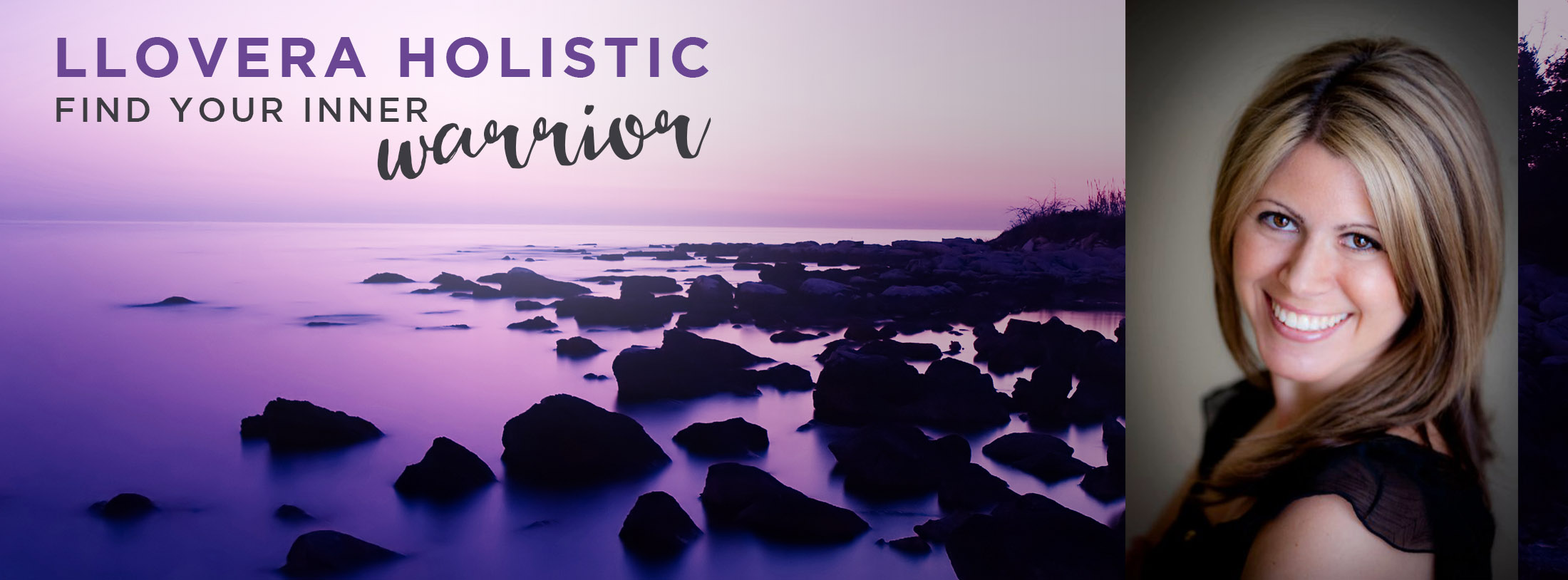Everybody knows what graphic design is, but most people don’t know exactly what graphic designers do. Don’t feel bad… even my own parents don’t fully understand my job. My mom once told all her friends that I’d designed and animated the holiday graphics airing on ION Television. Nope. Not me. I had come up with ION’s holiday slogan and had designed some print work for them, but I’m not an animator. Sorry, mom. Some people also assume that I’m a web developer. While I’ve built some sites from scratch before and enjoy designing in Squarespace, I'm no coder, so that’s not me either.
So here’s a behind the scenes look at what I actually do — mom, this one’s for you! (Disclosure: while some of this applies to other graphic designers, no two designers are the same. Some do focus on web development or motion graphics. Just not me.)
More Than Just a Pretty Picture
As you learned from this post, graphic design is way more than just making things look good. Little Jenny down the street could go on Canva.com, drop in a pretty picture (that she probably stole from Google), add some words, and call it graphic design. Today more than ever it’s easy for people to create their own graphics… but are they effective? Unique?
As a trained graphic designer, I’m a visual communicator with a goal of translating your vision and purpose into graphics that drive results. I love a good brainstorm session and often will spend hours researching and sketching before I even open my computer. Nothing excites me more than working with someone who wants a powerful design and trusts me with the creative freedom to design something awesome.
The Design Magic
So how do I make the magic happen? Contrary to popular belief, I do not own a black top hat. Or a rabbit. Ideas and graphics don’t just appear onto the page when I pick up a stylus. It’s a process of trial and error: moving things around, testing different photo filters, saving out a million different versions and switching between the different Adobe programs. With fonts and text, I often manipulate the kerning by hand (spacing between letters), so that every letter is perfectly spaced out. I have a drawing tablet that allows be to draw directly on the screen, which is so helpful for creating hand-drawn logos and doing photo retouches. A client once asked where the design in their logo came from, to make sure they had the rights to use it as their logo. Legit question. Simple answer: I drew it!
Behind the Designs
If I were stranded on a desert island and had to choose only three computer programs (supposing I had my Mac and electricity, of course), hands down I’d choose Photoshop, Illustrator and InDesign. Similar in function, but oh so different.
Photoshop
Photoshop lets me edit — wait for it — photos (wow, you’re learning a lot right now). I spend a lot of time removing blemishes, enhancing colors, swapping out backgrounds, and faking limbs (yes, I have to add arms or legs to people quite often… think the Walking Dead in reverse). Combine the tools in Photoshop with my electronic drawing tablet and I can sketch or paint directly onto the digital canvas to create things like this:
- Web headers, buttons, game designs & page layouts
- Webinar or digital offerings banners
- Photo-heavy flyers or advertisements
- Photo collages or mood boards for Pinterest
- Storyboard drawings or sketches
- General photo editing & touchups
Illustrator
Now Illustrator is where the magic happens for logos and other illustrative or typography-heavy designs. What makes Illustrator different is that everything is done in vectors. What’s the vector, Victor? Great question! Vectors use points, lines and curves to form shapes, rather than pixels (little dots). So while Photoshop files can get pixelated (blurry) when blown up large scale, vectors can be stretched to an infinite size without losing resolution. Illustrator was my first love in the design world and I use it mostly for:
- Logos
- Non-photographic flyers or advertisements
- Wedding invitation suites
- Baby & bridal shower invites
- Business cards & stationery
- Menus
InDesign
While Illustrator is my favorite platform for arranging cool typography, don’t confuse that with setting type. If I’m designing a brochure, PDF document or other text-heavy graphic, InDesign is my jam. The great thing about the whole Adobe Suite is how the programs work together. I can stylize an image in Photoshop and drop it into InDesign, then bring in vector icons from Illustrator. Thus, InDesign makes for beautiful layout designs or graphic such as these:
- Packaging & product labels
- PDF design
- Brochures and menus
- Text-heavy advertisements
- Business cards
- Resumes
Design is awesome
What I love even more than these programs is my job. I innovate. I create. I communicate. And I get to conceptualize ideas and make them come alive visually! On any given day, you may find me sketching ideas on paper, painting on a digital canvas, folding paper mockups or brainstorming fresh ideas. It doesn’t get any better than that!
Let me know what other designer secrets you may have that I could answer!
